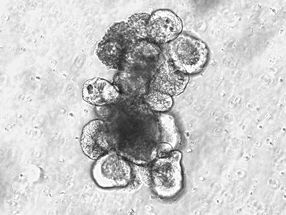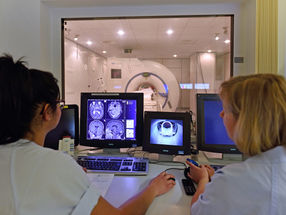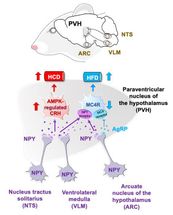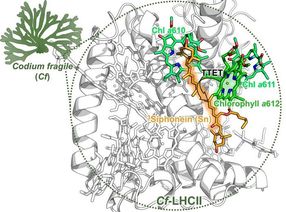Research simplifies diagnosis of Charcot-Marie-Tooth disease
Advertisement
Hereditary Charcot-Marie-Tooth (CMT) disease strikes 1 in 2500 people. Researchers from the Flanders Interuniversity Institute for biotechnology (VIB) connected to the University of Antwerp are now demonstrating that mutations in mitofusin 2 are the major cause of CMT2, a specific type of the disease. These findings are important for a better understanding of CMT in general, and they also form the basis for a genetic test for CMT2. This test is already available.
CMT embraces a heterogeneous group of disorders, all of which are caused by mutations in certain genes. Identifying these genes is fundamental to improving diagnosis. This is important for assessing what the further course of the disease might be for a given patient. But it is also important for providing genetic advice and prenatal and pre-implantation diagnosis for couples who desire to have children but whose families have a history of the disease. Research by Vincent Timmerman's group underpinned the currently existing genetic test for CMT1A. However, for a long time scientists did not know which gene causes CMT2. In 2004, the VIB researchers in Antwerp, in collaboration with German and American research groups, showed that mitofusin 2 (MFN2) was altered in a large number of CMT2 patients.
The current research of Kristien Verhoeven and Kristl Claeys, under the direction of Vincent Timmerman and Peter De Jonghe, reveals how important MFN2 is in the origin of CMT2. They studied 323 CMT patients, 249 of whom suffer from CMT2. From the study of these patients (and 170 healthy individuals), it is clear that mutations in MFN2 are the major cause of CMT2. On the basis of these results, genetic tests for CMT2 are now possible.
In addition, this research throws light on the mechanisms behind the origin of CMT2. MFN2 is a protein with an important function in the mitochondria, the cell's energy suppliers. So, it's clear that the role of mitochondria in CMT2 needs to be studied further. This could be a key to better understanding this complex disorder. And a better understanding could be a first step toward treatment. But, for the time being, treatment is still a long way off.
Original publication: Verhoeven et al.; "MFN2 mutation distribution and genotype/phenotype correlation in Charcot-Marie-Tooth type 2"; Brain 2006.


























































